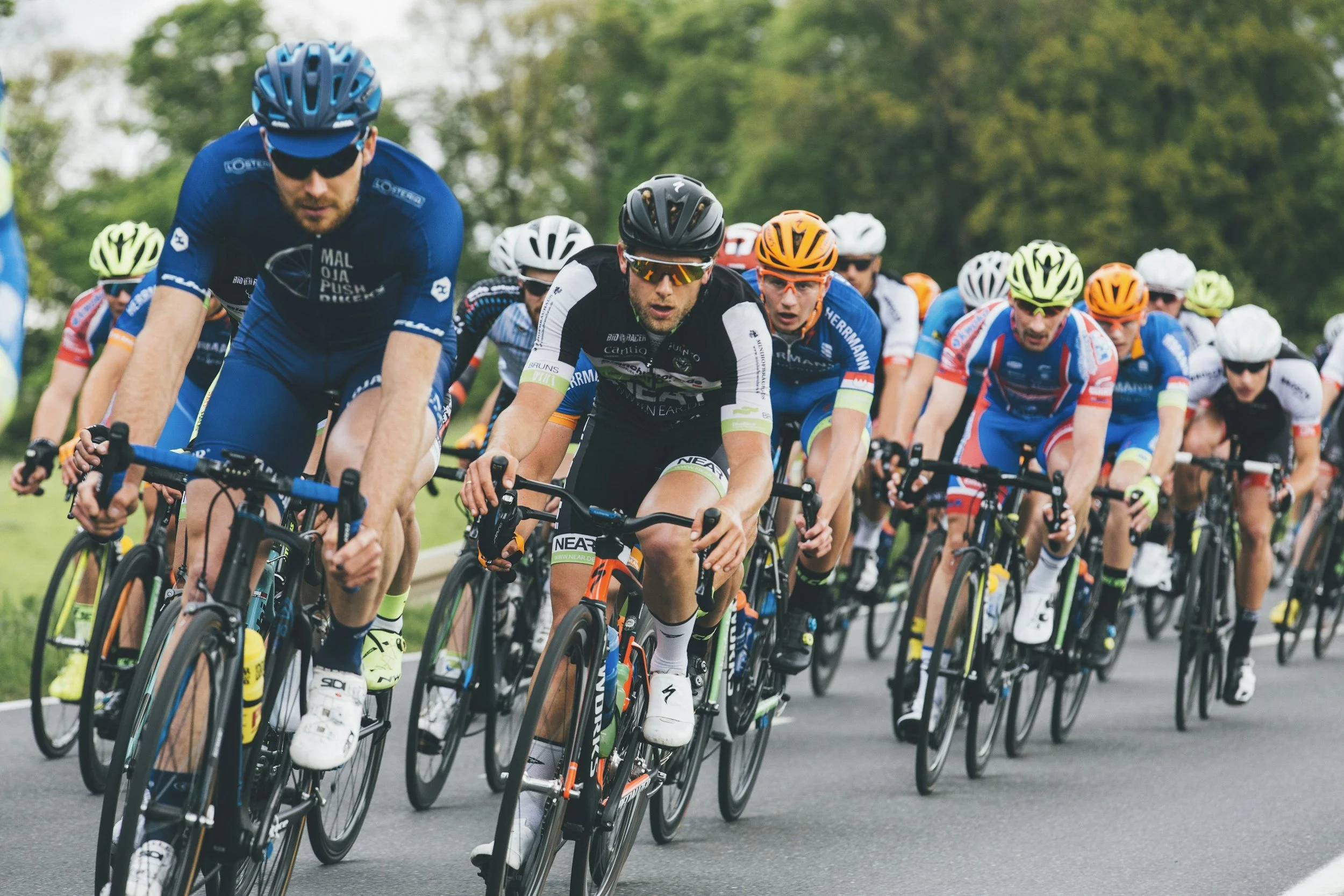Strength and Mobility Training for Cyclists: Performance and Injury Prevention
Cycling is one of the most repetitive endurance sports. Hours spent in the saddle demand cardiovascular efficiency but also place the body in a limited range of motion that can create muscular imbalances, stiffness, and overuse injuries. This is why strength and mobility training should be seen as integral to cycling performance rather than optional extras.
In this article, we’ll cover evidence-based strategies to improve strength, mobility, and resilience so cyclists can produce more power, hold aerodynamic positions longer, and stay injury-free.
Why Cyclists Need Strength and Mobility Training
Cycling performance depends on power-to-weight ratio, aerobic capacity, and biomechanical efficiency. However, force generation and movement quality are equally important. Research shows that adding structured strength and mobility work improves sprint performance, time-trial results, and overall cycling economy.
Key benefits include:
Increased force production through better muscle fibre recruitment.
Reduced fatigue by correcting inefficiencies.
Improved aerodynamics with greater hip, thoracic, and shoulder mobility.
Lower risk of overuse injuries such as knee pain, back tightness, and neck discomfort.
Strength Training for Cyclists
Cyclists do not need bulky hypertrophy programs. Instead, the goal is neuromuscular efficiency, joint stability, and the ability to produce power over long periods.
1. Focus on Compound Movements
Squats: build hip and knee extensor strength.
Deadlifts and RDLs: strengthen glutes and hamstrings while protecting the lower back.
Lunges and Step-Ups: improve unilateral control to mirror pedal stroke mechanics.
Tip: Aim for 4–8 reps with high intensity and controlled form.
2. Train the Upper Body
A stable upper body is essential in sprints, climbs, and maintaining aero positions.
Rows and Pull-Ups for scapular control.
Push-Ups and Bench Press for sprint stability.
Core anti-rotation drills such as Pallof press, ab rollouts, and dead bugs for trunk control.
3. Add Explosive Power
Plyometrics and power-based training improve rate of force development.
Box jumps
Squat jumps
Medicine ball slams
Use these more in pre-season or competition build-up phases.
Mobility Training for Cyclists
Mobility counters the flexed, forward posture of cycling. Without it, riders often compensate with poor mechanics that increase fatigue and injury risk.
1. Hips
Hip flexor stretch in half-kneeling with posterior pelvic tilt.
90/90 rotations for hip rotation.
Banded mobilisations to restore joint capsule motion.
2. Thoracic Spine
Foam roller extensions to restore posture.
Quadruped thoracic rotations for rotational control.
Wall angels or prone Y-T-Ws for scapular mechanics.
3. Ankles
Half-kneeling dorsiflexion drills to optimise pedal stroke.
Calf releases to reduce soft tissue restriction.
4. Shoulders and Neck
Chin tucks for deep neck flexors.
Serratus push-ups for scapular control.
Band pull-aparts to correct rounded shoulders.
How to Integrate Strength and Mobility with Cycling Training
Frequency: 2–3 gym sessions weekly in off-season, 1–2 during competition.
Timing: Avoid heavy gym sessions within 24 hours of VO2 max intervals or sprint sessions.
Mobility: Short daily sessions (5–10 minutes) are more effective than occasional long blocks.
Common Mistakes Cyclists Make Off the Bike
Training like a bodybuilder instead of an athlete.
Ignoring single-leg exercises despite the unilateral nature of cycling.
Treating mobility as optional instead of essential.
Forgetting to adjust strength and mobility training across the season.
Strength and mobility training are central to sustainable cycling performance. Riders who commit to structured off-bike work gain measurable improvements in power, comfort, and injury resistance.
By targeting the posterior chain, building core stability, and restoring hip, thoracic, and ankle mobility, cyclists can ride stronger, longer, and more efficiently.
The best cyclists are not just fit in the saddle. They are strong, mobile, and resilient athletes off the bike.
These strategies are designed to complement your cycling but they do not replace a thorough physiotherapy assessment. For individualised injury management, bike fitting, or tailored strength and mobility programming, consult a physiotherapist experienced in cycling performance.
Need a helping hand with your cycling performance? Head to www.surfedge.physio/book-now to schedule in a session without team today!

